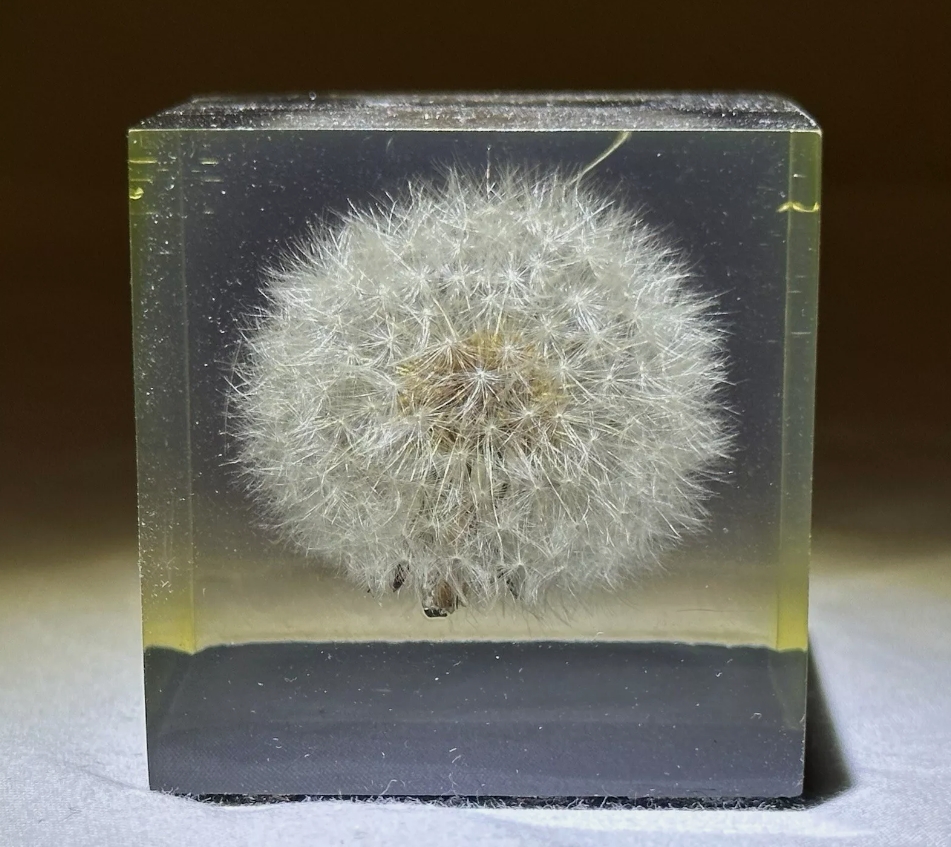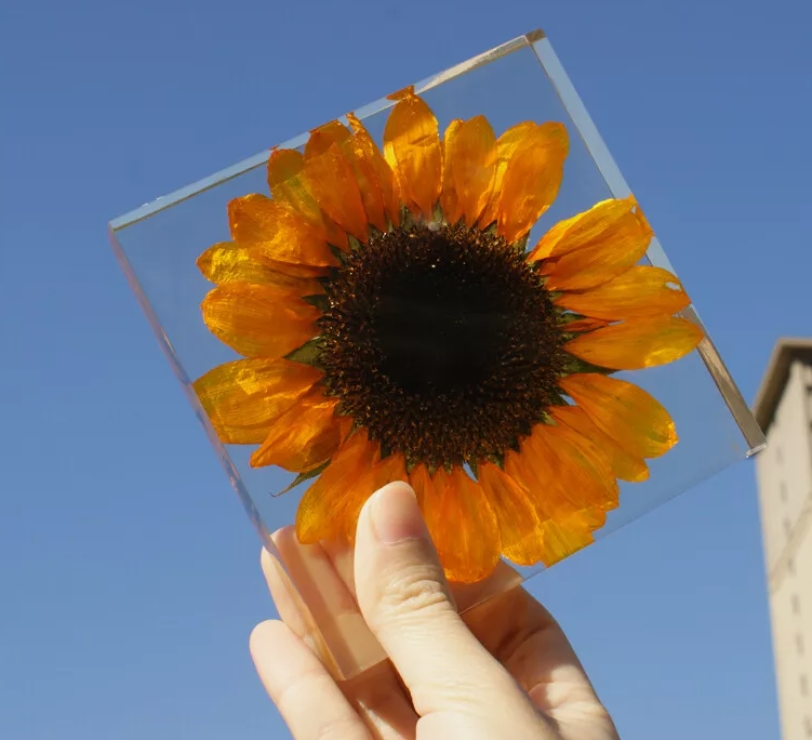Plant specimens are a kind of precious natural resources, which provide important basis for plant research by recording the morphology, structure and growth environment of plants. The production process of plant specimens usually includes collection, drying, mounting and other steps. At the time of collection, plant individuals with strong growth and obvious characteristics are usually selected to ensure the scientific and integrity of the specimen.
Drying is a crucial step in the preparation of specimens. By removing water from the plant, it can effectively prevent decay and deterioration and maintain its original morphological characteristics. Common drying methods include the use of platens and weights to hold the plant between sheets of paper to maintain its shape and detail. Sometimes a dryer is used for quick drying, but this can affect the color and texture of some plants.
The mounted specimens are usually placed in clear plastic bags or special specimen books for easy sorting and preservation. Each specimen is accompanied by a detailed label recording the plant's scientific name,family,date of collection,location and ecological habits. These information not only provide the basic data for the subsequent research,but also provide the basis for the identification and classification of plants.
Plant specimens play an important role in scientific research. Through systematic specimen collection and analysis,researchers can carry out plant diversity research,ecological environment monitoring, and species conservation. Specimens can also be used for education and popularization of plant knowledge, so that the public can better understand and appreciate the beauty and wonder of plants. In addition,along with the ecological impacts of climate change, plant specimens have become an important tool for understanding and documenting the impacts of climate change. In short,plant specimens are not only a tool for scientific research,but also a witness of nature.




